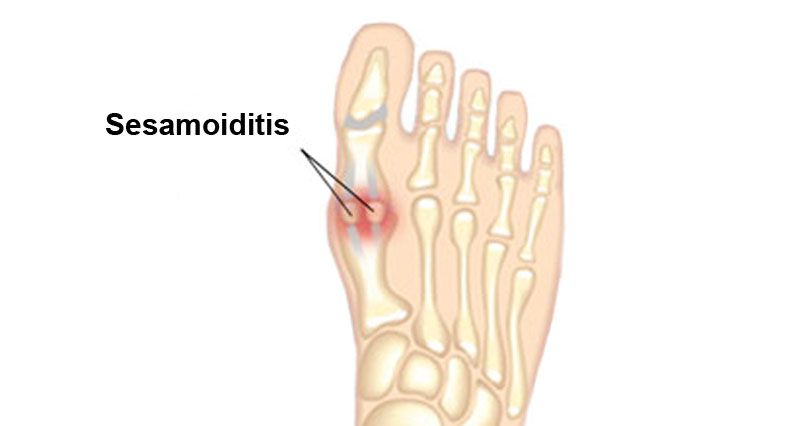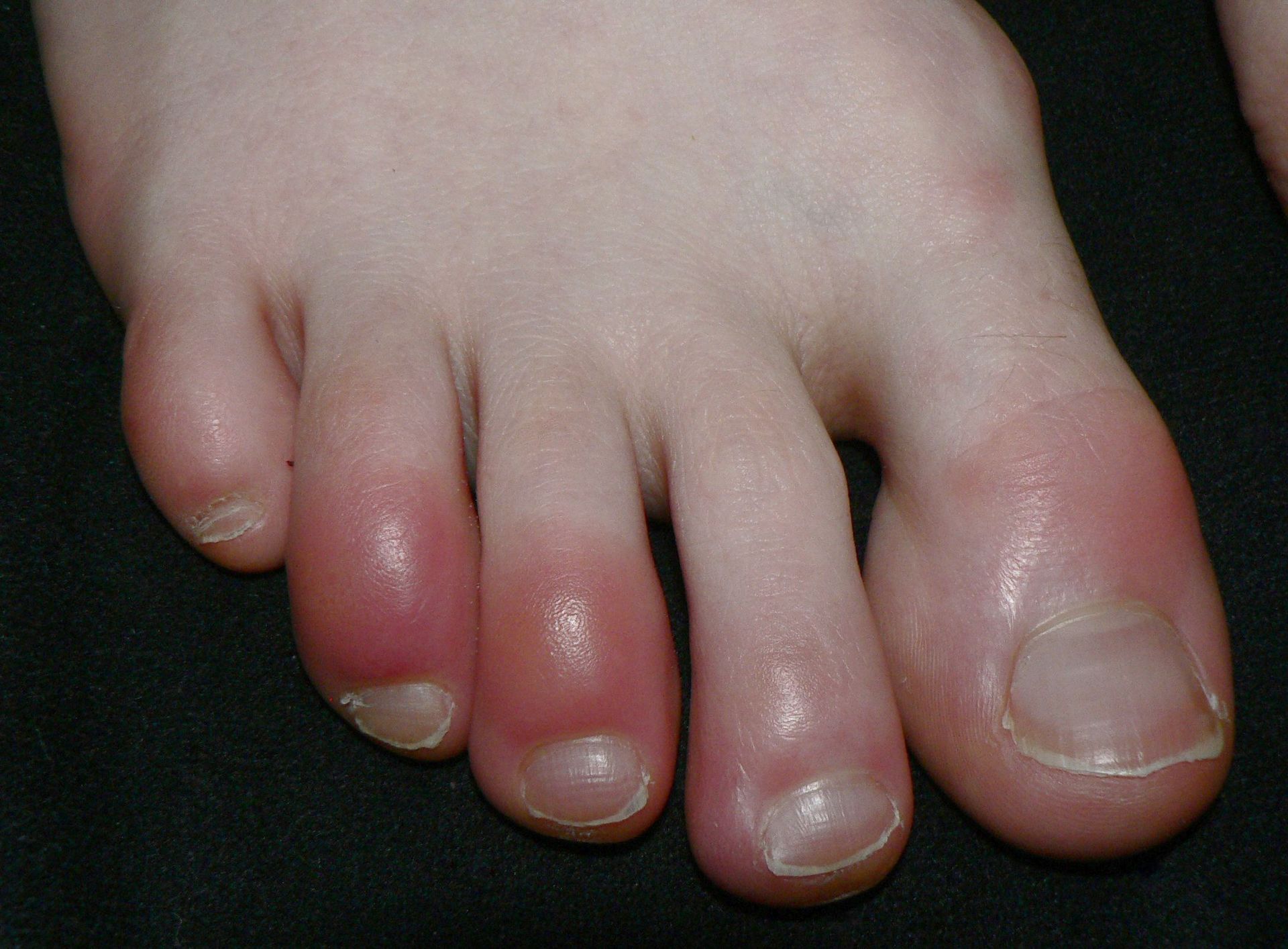Plantar Fasciitis - What you need to know Part 2.
Welcome to the second part of our three part series on Plantar Fasciitis, also known as Plantar Heel Pain, today's focus - the key risk factors of Plantar Fasciitis!
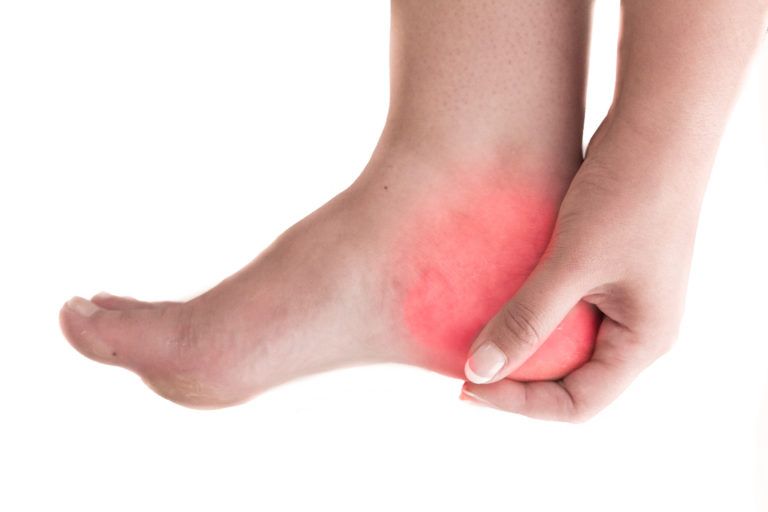
Plantar fasciitis is a common foot condition that can cause significant pain and discomfort. It occurs when the plantar fascia, a thick band of tissue that runs along the bottom of the foot, becomes irritated. Establishing an individual's risk factors is a key part of our assessment process as we look to understand you and why you may have heel pain.
Age
One of the most significant risk factors for plantar fasciitis is age. According to a study published in the Journal of Foot and Ankle Research, individuals between the ages of 40-60 are at an increased risk of developing the condition. This is because the plantar fascia becomes less flexible and more prone to injury as we age.
Gender
Research has also shown that women are more likely to develop plantar fasciitis than men. A study published in the Journal of the American Podiatric Medical Association found that women accounted for 65% of plantar fasciitis cases.
Foot Arch
The shape of your foot can also play a role in the development of plantar fasciitis. Individuals with flat feet or high arches are at an increased risk of developing the condition, according to a study published in the Journal of Orthopaedic & Sports Physical Therapy. This is because these foot types can cause an imbalance in the way weight is distributed across the foot, leading to increased strain on the plantar fascia.
Obesity
Being overweight or obese can also increase your risk of developing plantar fasciitis. According to a study published in the Journal of Foot and Ankle Surgery, individuals with a body mass index (BMI) greater than 30 are at an increased risk of developing the condition. This is because excess weight puts additional pressure on the feet, which can lead to irritation and damage to the plantar fascia.
Occupation and Physical Activity
Certain occupations and physical activities can also increase your risk of developing plantar fasciitis. A study published in the Journal of Occupational and Environmental Medicine found that individuals who spent a lot of time on their feet, such as teachers and healthcare workers, were more likely to develop the condition. Similarly, a study published in the Journal of Foot and Ankle Research found that runners and individuals who participate in high-impact sports are at an increased risk of developing plantar fasciitis.
By understanding the risk factors for plantar fasciitis, individuals can take steps to reduce their risk of developing the condition. This may include maintaining a healthy weight, wearing supportive footwear, and engaging in low-impact exercise. Additionally, individuals who are at an increased risk of developing plantar fasciitis should be vigilant about monitoring their foot health and seeking treatment promptly if they experience any pain or discomfort. We recommend that anyone with Plantar Fasciitis symptoms contacts our clinic immediately for assessment and treatment to prevent their pain from worsening. Our podiatrists can identify the underlying cause of your heel pain and develop an appropriate treatment plan to get you back on your feet, book now at Ballarat Podiatry.
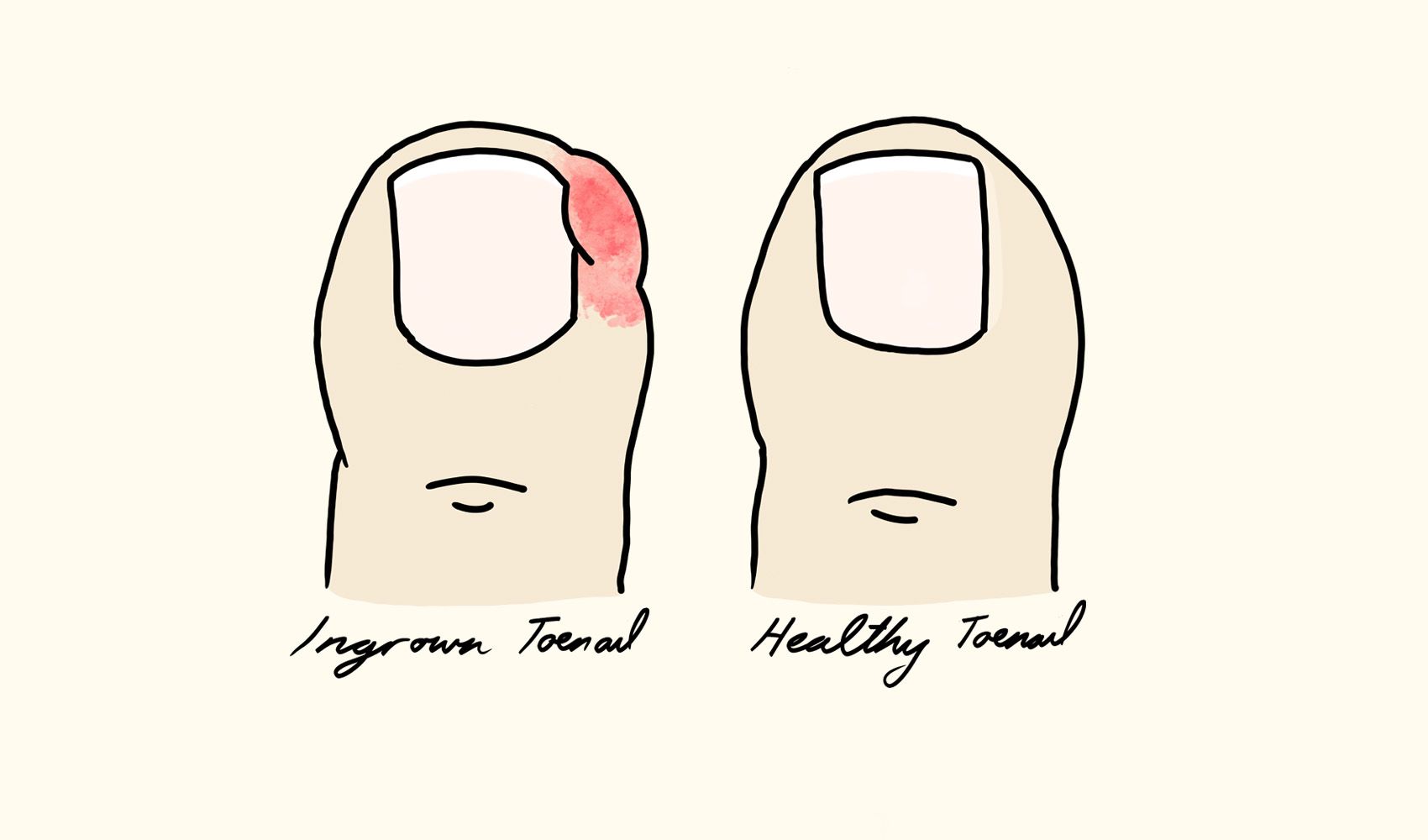

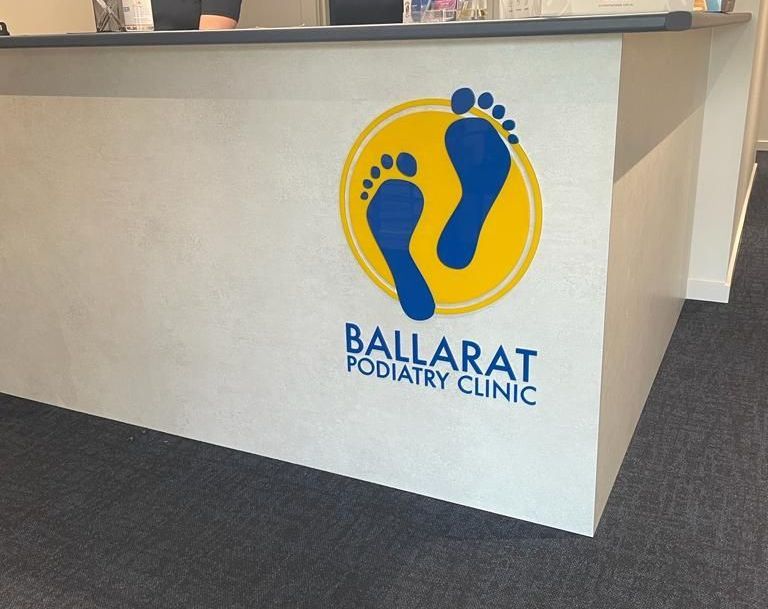
Find Us
605 Howitt St, Soldiers Hill VIC 3350
Get directions>>
Business Hours
- Mon - Fri
- -
- Saturday
- Appointment Only
- Sunday
- Closed



